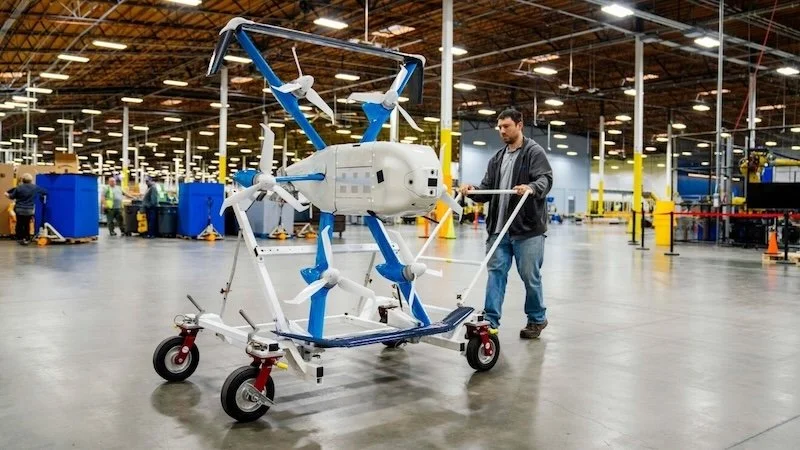How visual search is changing the way we shop
By Angel Maldonado, Founder, EmpathyBroker
Over the last few years, visual content has been slowly replacing text to reach its position today as the most important online content. Unsurprisingly, many e-commerce companies have already taken measures to place imagery as a number one priority. Our own consumer research revealed that 52% of shoppers say product images are the most important aspect of an online experience.
While we’ve spent the last few years getting used to this richness in visuals and imagery, it’s also now affecting the way we think and interact. Social networks have been leading the way with this concept shift; in the last year, Instagram’s active user base grew by 64% and Pinterest by an incredible 111%.
It’s not surprising, then, that this notion of visual content supremacy is naturally transitioning across into e-commerce and shoppers’ minds and with it a desire for a new search trend focussed on image. The once distinct possibility of buying a desired product using just an image has become a reality. Take a photo of a skirt you like in a magazine or on the street and that product can be on its way to you within minutes.
There are many benefits of visual search within e-commerce, and here I’m going to go through a few:
1. Connect customers more directly
Letting customers search using image recognition allows them to find any product independently of the source of inspiration in which the item was discovered; be it a printed magazine, street style trends or a social network. It means that either the exact product or very similar products will be shown, and the findability rate (the ranking of the most relevant products on the results page) will increase.
Moreover, it’s not always easy for customers to describe with words the specific product they have in mind. By incorporating visual search technology into the search feature, the connection between the customer need and the product catalogue is not only easier and more straightforward but also extremely more effective and accurate.
Take the following example. A customer might be looking for ‘checkered shoes’ but the results from the typed query may not align or match with the desired product. With visual search functionality in place, available from the search box, the query is much more precise and results will correspond more accurately to what is being searched.
2. Find similar products or be inspired
An increasingly important element of search is that of discovery. Shoppers more than ever want to be inspired and receive recommendations or style ideas. A third of the consumers said this was something they wanted every time or a lot of the time when they visited an e-commerce store. Visual search opens up a whole new world of possibilities here.
I still remember when fashion bloggers were dedicated to looking for similar products or even clones of those that were either unaffordable or sold out. Through the use of cutting-edge visual recognition technology, we can all find similar products or those within the same category, style or colour range very simply. This becomes even easier on low-cost retail sites that are dedicated to the early detection of trends and who translate runway collections to the High Street to offer them to the general public.
Figure 1: Asos offers similar products when using visual search
Additionally, the retailer themselves can offer recommendations, or a ‘shop the look’ type service, based on visual matches to amplify and enhance the product discovery experience. This means shoppers no longer need to go through categories or type new queries, especially if they don’t realise that product matching exists.
3. Tagging and content curation
Visual search is not just about potential customers using their mobiles to capture images and scan products. Image recognition is also becoming a faithful ally for retailers. It enables every product to be automatically identified, categorised, classified and tagged in the backend and save time, labour and costs.
What’s more, it also improves the relevancy of the results by classifying each image according to its predominance of visual aspects such as style, colour range or even the occasion the product is suitable for.
Companies like Pinterest and Amazon were early adopters of this new way to search and shop, and it’s not surprising that big fashion marketplaces like Zalando or Asos have quickly followed suit to incorporate visual search.
But this is just the start. Technical fine tuning on image recognition capabilities and functionality is swiftly progressing so it’s now only a matter of time for visual search to be widely embraced. The uptake and popularity of this technology is set to be one of the big e-commerce trends of 2019.












Continue reading…